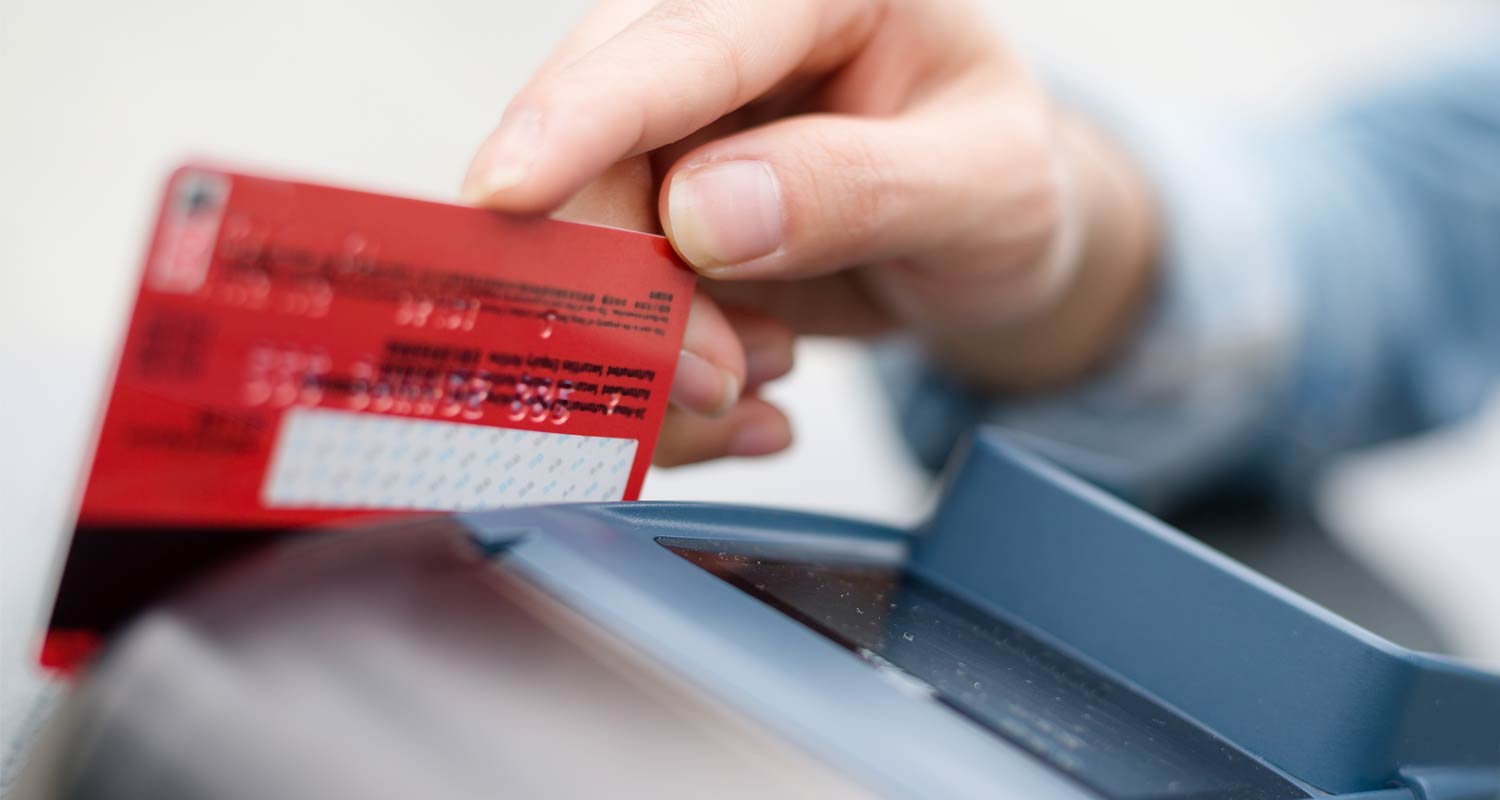
 The proliferation of payment apps such as Google Pay, Samsung Pay and Apple Pay – along with the virtual cards offered by many banks – have made it possible for users to forego physical cards and to use their phones, smartwatches or even smart rings to pay instead.
The proliferation of payment apps such as Google Pay, Samsung Pay and Apple Pay – along with the virtual cards offered by many banks – have made it possible for users to forego physical cards and to use their phones, smartwatches or even smart rings to pay instead.
Payment apps also provide an extra layer of security by tokenising card data, meaning users’ details are never exposed. Despite these benefits, and the drawbacks of physical cards – they are expensive to produce, even more expensive to distribute and the plastic they are made from poses a threat to the environment – South African banks are a long way from calling time on them.
“Some card acceptance mechanisms can’t currently handle tokens, like ATMs, for example. Also, card point-of-sale machines in some countries still rely on really old technology. And most car rental companies need a physical card with one’s name embossed on it to facilitate a transaction,” said Lezanne Human, co-founder at Bank Zero.
Nedbank said it has seen 100% year-on-year growth in the adoption of tokenised payment methods by clients
Card numbers are important in other contexts, too, including for debit orders, at checkout when shopping online, or when paying for subscription services like Netflix. But a customer does not need to possess a physical card to have a card number, and most banking apps have some way of showing customers their card details on screen.
But even if the bank provides other ways to transact, customers also have reasons to keep using plastic cards, experts have said.
One of the key drivers of physical card usage on the client side is smartphone adoption rates. But even owning a smartphone is not enough: the device must support near-field communication technology. NFC is short-range wireless communication standard that enables tap-to-pay at the point of sale. One of the drawbacks of using tokenised payment via NFC is that the device must be powered on to facilitate the transaction, so some customers prefer carrying cards to avoid any embarrassing scenarios at the till, even if only as a fallback.
Social status
The type of card a banking customer carries also signifies social status, with the colour and branding used on the card acting as a not-so-subtle communicator of their wealth. According to Dayalan Govender, managing executive for solution innovation at Nedbank, the status of a physical card plays a role in how often it gets used.
Still, Nedbank said it has seen 100% year-on-year growth in the adoption of tokenised payment methods by its customers, with about half of its premium segment having moved away from using physical cards exclusively. Despite device penetration and NFC capabilities not being an issue with customers in this segment of the market, Govender said a lack of trust in digital payment methods and the status conferred by a physical card are barriers to increased tokenisation.
Read: Debit cards are rapidly replacing cash in South Africa
The digital-first Discovery Bank, however, said it has had a different experience. A bank spokeswoman said digital wallet adoption rates by its customers, although not at 100%, were high. She said this indicates that the “plastic card isn’t considered a status factor” – at least among Discovery Bank clients.
None of the banks TechCentral spoke to has committed to a timeline for deprecating plastic cards because there are external factors – like device and ATM support – that can limit the usability of tokenisation. All however, did say that eliminating plastic would contribute significantly to their ESG (environmental, social, governance) objectives.
 Out with the old…?
Out with the old…?
Another driver motivating banks to migrate more of their customers to tokenised payments is cost. According to Bank Zero’s Human, much of the cost related to cards is in creating and maintaining the systems needed to manage and secure card transactions. When it comes to the physical card, around 25% of the cost goes to producing the actual cards, with the remaining 75% to the cost of transporting the card to the client. “This portion is heavily influenced by the fuel price,” said Human.
She said that although physical cards are going to be in use for a long time to come, the industry ought to move away from magstripes – both the card issuers and the acquirers – because of the security risks they pose to customer data.
Read: Clock ticking for magstripes on bank cards in South Africa
“It has been a long walk from when the first embossed cards were used on those ‘zip-zap’ machines, to when magstripes were added in the 1980s, to when chips were added in the early 2000s. In each of those steps, South Africa played a pioneering role and actually created much of the EMV standard in play globally today. Perhaps South Africa needs to again play that pioneering role [in tokenisation],” said Human. – © 2025 NewsCentral Media
Get breaking news from TechCentral on WhatsApp. Sign up here.
Don’t miss:











Comments